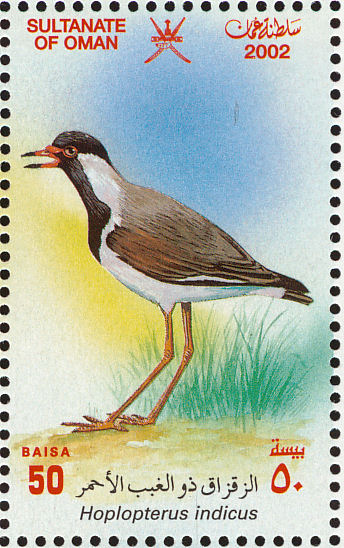
It was the battle of Kurukshetra. The white conch shells were about to sound, the elephants to march forward, and the attack of the archers to commence. The moment was brief and terrible. Banners were flying, and the charioteers preparing for the advance.
Suddenly, a little lapwing, which had built her nest in the turf of a hillock in the midst of the battlefield, drew the attention of Lord Krishna by her cries of anxiety and distress for her young.
“Poor little mother!” he said tenderly, “let this be thy protection!” And, lifting a great elephant-bell that had fallen near, he placed it over the lapwing’s nest.
And so, through the 18 days of raging battle that followed, the lapwing and her nestlings were kept in safety in their nest, by the mercy of the lord, even in the midst of the battle-field of Kurukshetra.
The Kurukshetra War is central to the Indian epic Mahabharata. The conflict arose from a dynastic succession struggle between two groups of cousins, the Kauravas and Pandavas, for the throne of Hastinapura in an Indian kingdom called Kuru. It involved a number of ancient kingdoms participating as allies of the rival groups. The location of the battle is described as having occurred in Kurukshetra in the modern state of Haryana.
Lapwings, especially the red-wattled lapwing (titeeri in Hindi), is a very common breeding resident in Haryana and indeed across the plains of India. This bird, a ground-nesting member of the plover family, is found in open areas and wetlands. The call of this bird is loud and sounds like ‘Did-he-do-it?’, ‘Pity-to-do-it’ or ‘Did-Ye-Do-It’.
Image of Oman postage stamp of red-wattled lapwing courtesy: https://www.birdtheme.org/
